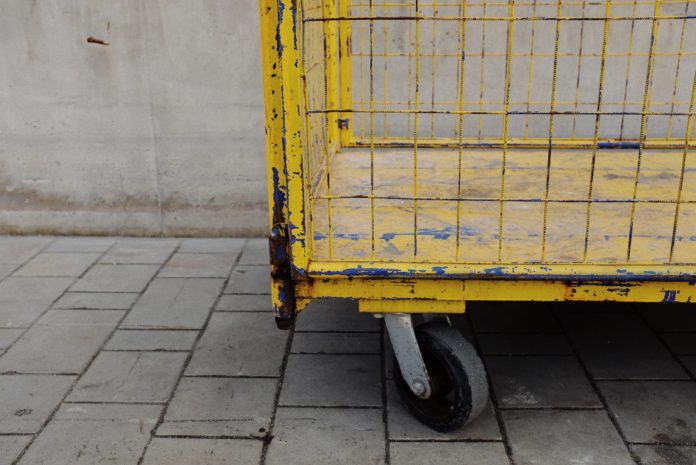Negosentro.com | Something You Need to Know About Casters | As we often say, caster is a general term, including movable and fixed casters. Trolley wheels are one kind of it, especially for moving trolleys. The structure of the trolley includes two fixed wheels at the front and two movable universal wheels near the push handrail at the back.
Before gaining anything detailed about the caster, we first get to know the classification of the caster, which could be divided as follow:
By caster frame differences
It is divided into directional Caster and non-directional Caster (i.e., universal caster). The directional caster has no rotation structure and cannot rotate; the structure of the universal caster allows 360 degrees of rotation.
By application differences
Caster could be mainly divided into medical casters, industrial casters, supermarket casters, furniture casters, etc.
Medical casters are specially designed to meet the requirements of the hospital, such as light operation, flexible turning, large elasticity, special ultra-quiet, wear-resistant, anti-winding, and chemical corrosion resistance.
Industrial Caster mainly refers to a kind of caster product used in factories or mechanical equipment. It can be made of advanced imported reinforced nylon, super polyurethane, and rubber. The whole product has a high impact resistance and strength.
Supermarket casters are specially developed to meet the moving needs of supermarket shelves and the needs of the shopping cart, or we say trolley.
Furniture caster is a kind of particular caster produced to meet the needs of the low center of gravity and high load.
By material differences
It is mainly divided into super artificial rubber caster, polyurethane caster, plastic caster, nylon caster, steel caster, high-temperature resistant caster, rubber caster, and S-type artificial rubber caster.
When we are looking into the quality or compatibility of the caster, some basic parameters need to be considered:
Installation height: refers to the vertical distance from the ground to the installation position of the equipment. The installation height of the caster refers to maximum vertical distance away from the bottom plate of the caster and the edge of the wheel.
Steering center distance of bracket: refers to the horizontal distance from the vertical line of the center rivet to the center of the wheel core.
Turning radius: refers to the horizontal distance from the vertical line of the central rivet to the outer edge of the tire. The proper length enables the caster to make 360-degree steering. Whether the radius of rotation is reasonable or not directly affects the service life span of the caster.
Driving load: the bearing capacity of the caster is also called dynamic load when it moves. The dynamic pressure of the caster is different due to different test methods in the factory and various materials of the wheel. The key is whether the structure and quality of the bracket can resist impact and vibration.
Impact load: the instantaneous bearing capacity of caster when the equipment is impacted or vibrated by the load.
Static load: the weight that the caster can bear in the static state. In general, the static load should be 5-6 times of the exercise load (dynamic load), and the static load should be at least two times of the impact load.
Steering: hard and narrow wheels are more accessible to turn than soft and full wheels. Turning radius is an essential parameter of wheel rotation. Turning radius being too short will increase the difficulty of turning, and being too large will lead to wheel shaking and shortened life.
Driving flexibility: the factors that affect the driving flexibility of casters include the structure of the bracket, the selection of the bracket steel, the size of the wheel, the type of the wheel, the bearing, etc. The larger the wheel, the better the driving flexibility. The hard and narrow wheels on the stable ground are less labor than the soft wheels on the flat edge. Still, the smooth wheels on the uneven ground are less labor, but the soft wheels on the uneven ground are better to protect equipment and shock!
After gaining the foundation of the caster, you might wonder what can it applies for. As a daily application, trolley wheels are said to be the most common. HOD, as a professional enterprise, is dedicated to caster research and development, producing and brand marketing. The universal trolley wheel they created is of high reputation among all. It’s frequently used in the industrial trolley, making it portable and convenient to move.
If you are interested in selecting the suitable trolley wheels, HOD might be worth a try.














